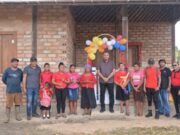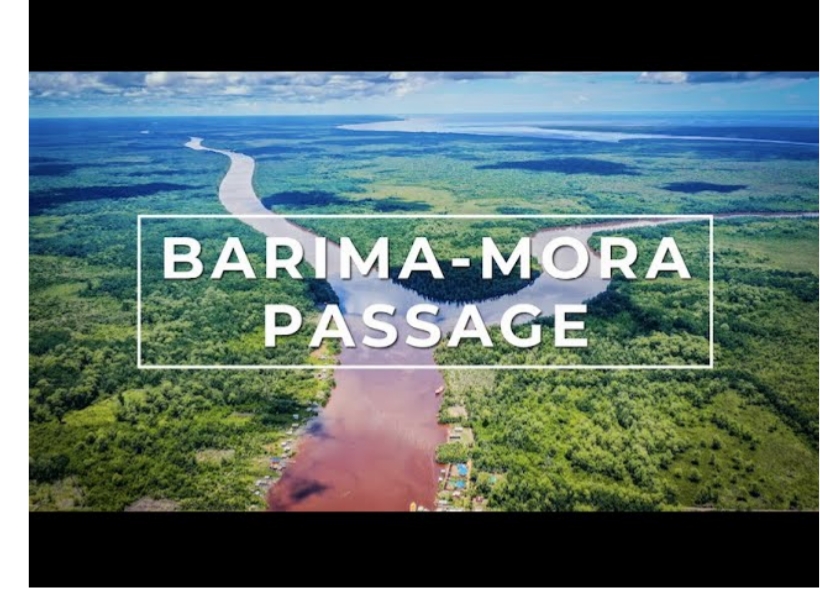The Inter-American Development Bank (IDB) is expected to join forces with the Guyana Marine Conservation Society (GMCS) to execute a US$1.7M mangrove restoration project.
The project will specifically look at the Barima Mora passage located on Guyana’s Region One coastline, close to the Venezuelan border. This area hosts the most intact and mature mangrove eco-system in the country. The initiative is of particular importance since the mangroves and surrounding systems are under threat due to various external and local factors including climate change, land speculation in coastal areas, contamination from extractive sectors, increased levels of land clearing for farming and housing as well as unsustainable wildlife trapping, hunting and fishing.
The solution proposed has four interlocking elements: (i) the recognition of the Barima Mora area as UN World Heritage site, (ii) promotion of local community awareness on the importance of mangroves and their ecosystem services, (iii) training and support in new, green livelihoods such as research tourism, bee keeping and eco- services and (iv) a framework to attract financing, via a blue carbon compensation mechanism, which can be managed and invested at community levels to sustain local delivery of eco-services conservation, monitoring and sustainable management of the ecosystem.
The proposed solution is expected to deliver benefits to an estimated 2,000 beneficiaries within the targeted communities, of which 80% will be indigenous people, 75% will be female and 70% will be youth. In addition, given the Barima Mora Passage’s proximity to and access from Warrua settlements in neighboring Venezuela, the project will also deliver benefits to migrant populations in the area. Over 2000 beneficiaries will therefore be empowered to conserve, manage, and sustain the resilience of these critical ecosystems which are essential for their survival.
The IDB’s contribution will be US $850,000 in non-reimbursable technical cooperation with a counterpart contribution of US $850,000. The bank said its resources will be utilized primarily for technical studies, training, and livelihood support in entrepreneurship, conservation, surveillance and monitoring, and development of research tourism, as well as building a framework for sustainable financing over a 4-year period.











